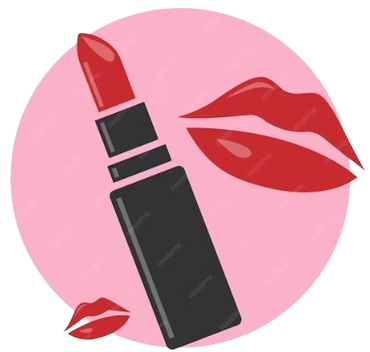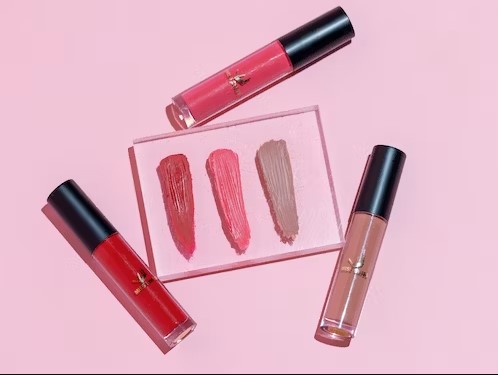THE LIPSTICK HISTORY
We at Axiology would like to discuss the history and significance of red lipstick, which is regarded as one of the most potent emblems of female sexuality and beauty in the West, in honor of the launch of our first real red lipstick.
We at Axiology would like to discuss the history and significance of red lipstick in honor of the launch of our first real red lipstick. In the West, crimson lipstick is regarded as one of the most potent representations of feminine sexuality and beauty. Its definitions and meanings have changed significantly over time, despite its centuries-old beginnings.
Continue reading to learn about the history of red lipstick as seen by Hollywood stars, aristocrats, prostitutes, and witches!

A Brief History Of Red Lipstick
It is believed that the cosmetic cases discovered at 5,000-year-old archeological sites indicate the Sumerians were the first people to apply lipstick. These antiquated cosmetics were created by combining oils and waxes with crushed gemstones.
Red lipstick was also used by ancient Egyptians as a sign of social standing. Crushed bugs were used to make Egyptian red lipstick, a component that is still used in many lipsticks today.
In Ancient Greece, prostitutes were required by law to sport red lip pigment, lest they be confused for a respectable woman of the upper class. Ancient Greek lipstick was made from a combination of red dye, sheep sweat, and crocodile droppings.
In 16th century England, Queen Elizabeth revived red lipstick’s popularity with her signature look of alabaster skin with crimson lips. At this time, red lipstick was made from beeswax and red plant-based dyes, and was worn only by upper class women.
Red lipstick was prohibited in England by the 1700s, though, because it was believed that women were wearing makeup to entice men to marry them. The offense? Witchery! In the United States, similar regulations were in place, allowing for the annulment of a marriage if it was discovered that the woman had worn red lipstick during the courtship.
The majority of lipstick was handmade from cochineal, an insect used to extract carmine dye, until the late 1800s. French perfumers created the first lipstick that was sold in stores in 1884. The ingredients for this lipstick were castor oil, beeswax, and deer tallow. Lipstick was not available at this time in the modern metal or plastic tubes. Rather, it was offered for sale in tiny pots, paper tubes, or encased in parchment.
Guerlain started producing red lipstick with grapefruit, butter, and wax in the late 1800s. By the late 1890s, rouge was being sold for the lips and cheeks in the Sears Roebuck catalog.
By 1912, stylish ladies in Western culture were using cosmetics without disguise. In 1911, metal lipstick tubes were introduced, which made it simpler for women to touch up their makeup while they were out and about.
James Brace Mason Jr. was the first to patent the swivel-up lipstick tube, a design that is still widely used today, in 1923. Metal tubes were swapped out for plastic ones during World War II.
The Symbolism of Lipstick

Red lipstick has been used as a symbol for many different things. In Elizabethan England and ancient Egypt, red lipstick was a status symbol worn exclusively by the affluent. Then, between the Renaissance and the end of the 19th century, respectable women were less likely to be linked in the West with the overt use of cosmetics than with actresses and prostitutes.
Wearing red lipstick was regarded as a sign of female defiance in the early 20th century, following decades of male authority restricting the use of cosmetics. Red lipstick was actually rather fashionable among suffragettes.
Red lipstick, especially dark red lipstick, gained immense popularity during the 1920s flapper movement and the rise of silent films. During this period, crimson lipstick started to symbolize a the sexuality of women.
Many people disapproved of teenage females wearing lipstick because of this. According to a 1937 survey, more than half of teenage females got into arguments with their parents over wearing lipstick. It was implied that girls behaved provocatively when they wore crimson lipstick.
Red lipstick became popular in the 1950s; in a 1951 survey, two-thirds of young girls said they wore lipstick. 98% of American women said they apply lipstick every day in another survey.
Lipstick’s place as a feminine emblem had cemented by the 1960s and has persisted into the 21st century.




